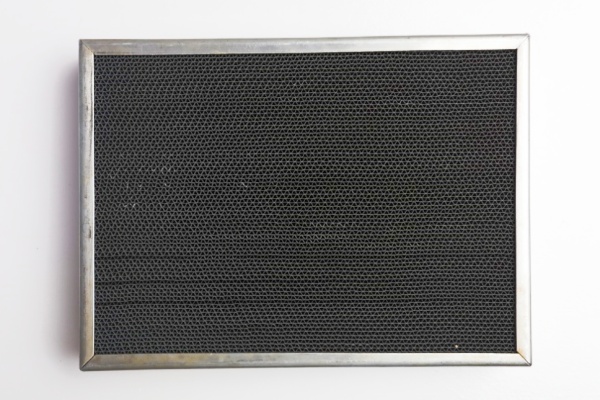To be a valuable global supplier
for metallic honeycombs and turbine parts
Release time:2025-08-14
Selecting the right EMI shielding ventilation panel requires careful evaluation of three critical performance parameters: shielding effectiveness (SE), pressure drop, and airflow rate. These specifications determine how well the panel blocks electromagnetic interference while allowing sufficient cooling. Misinterpreting them can lead to inadequate EMI protection or overheating issues. This guide explains what each parameter means and how to compare them effectively.

Shielding Effectiveness (SE) quantifies how well a vent panel blocks electromagnetic interference, expressed in decibels (dB). A higher dB value indicates stronger shielding. For example, 60 dB means the panel reduces incoming or outgoing EMI by 99.9999%.
SE performance varies with frequency. A panel may block 60 dB at 1 GHz but only 30 dB at 10 GHz, so always check the SE curve across your required frequency range. Additionally, some panels perform better against electric fields (E-field) than magnetic fields (H-field), so understanding the nature of your EMI threat is crucial.
Real-world performance depends not just on the panel itself but also on proper installation. Even a high-SE panel can underperform if not correctly grounded or if gaps exist around its edges.
Pressure drop measures how much the vent panel resists airflow, impacting cooling efficiency. It is typically given in Pascals (Pa) or inches of water (inH₂O). A higher pressure drop means your cooling system must work harder to push air through, potentially requiring more powerful (and noisier) fans.
Several factors influence pressure drop, including the panel’s open area ratio, hole shape, and material thickness. Hexagonal holes, for example, often provide better airflow than square or round holes with the same SE rating. When comparing panels, check the pressure drop at your expected airflow rate to ensure compatibility with your cooling setup.
Airflow rate, usually measured in cubic feet per minute (CFM) or cubic meters per hour (m³/h), indicates how much air can pass through the panel. Sufficient airflow is essential to prevent overheating in enclosed electronics.
There is often a trade-off between SE and airflow. High-SE panels typically have smaller or more complex hole structures, restricting airflow. Conversely, panels optimized for maximum airflow may sacrifice some shielding performance. The best designs strike a balance, using geometries like waveguide honeycombs to maintain strong SE while minimizing airflow restriction.
To select the best EMI shielding vent panel, start by defining your EMI protection needs—what level of SE is required, and at which frequencies? Next, calculate your cooling requirements to determine the necessary airflow. Finally, check the pressure drop to ensure your cooling system can handle it.
When comparing products, look for consistent testing conditions in the specifications. Some manufacturers may report SE under ideal lab conditions, while others provide real-world performance data. If possible, test the panel in your actual application to confirm it meets both EMI and cooling demands.
Understanding SE, pressure drop, and airflow specifications is key to choosing the right EMI shielding ventilation panelA high-SE panel that restricts too much airflow can cause overheating, while a low-pressure-drop design may leave your system vulnerable to interference. By carefully evaluating these parameters, engineers can ensure both electromagnetic compliance and effective thermal management in their designs. Always verify real-world performance to avoid unexpected issues in your final application.